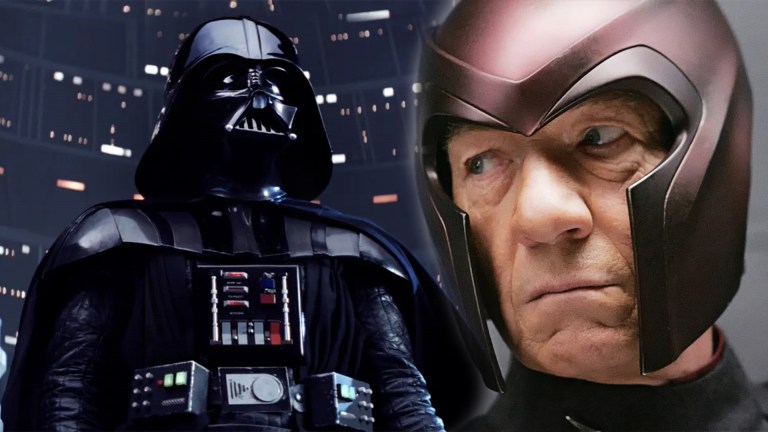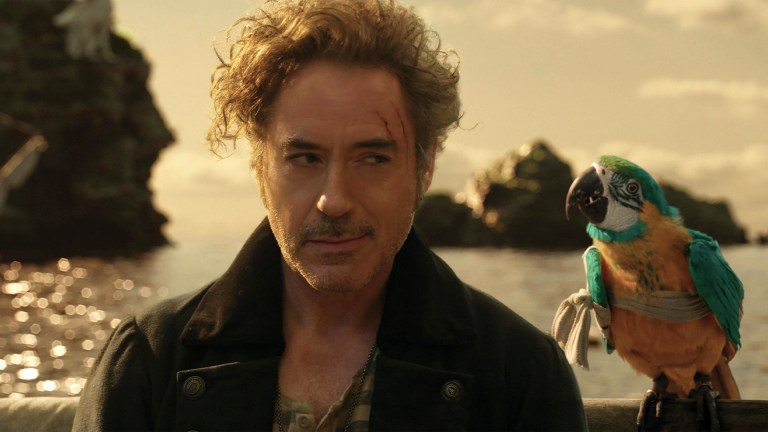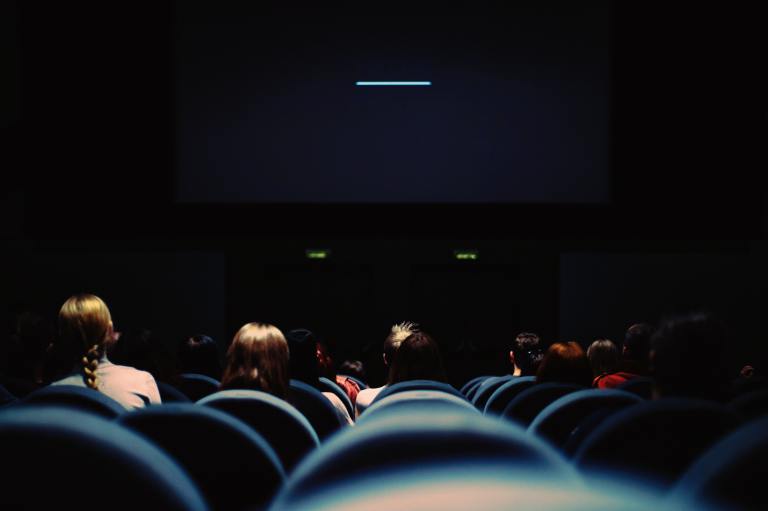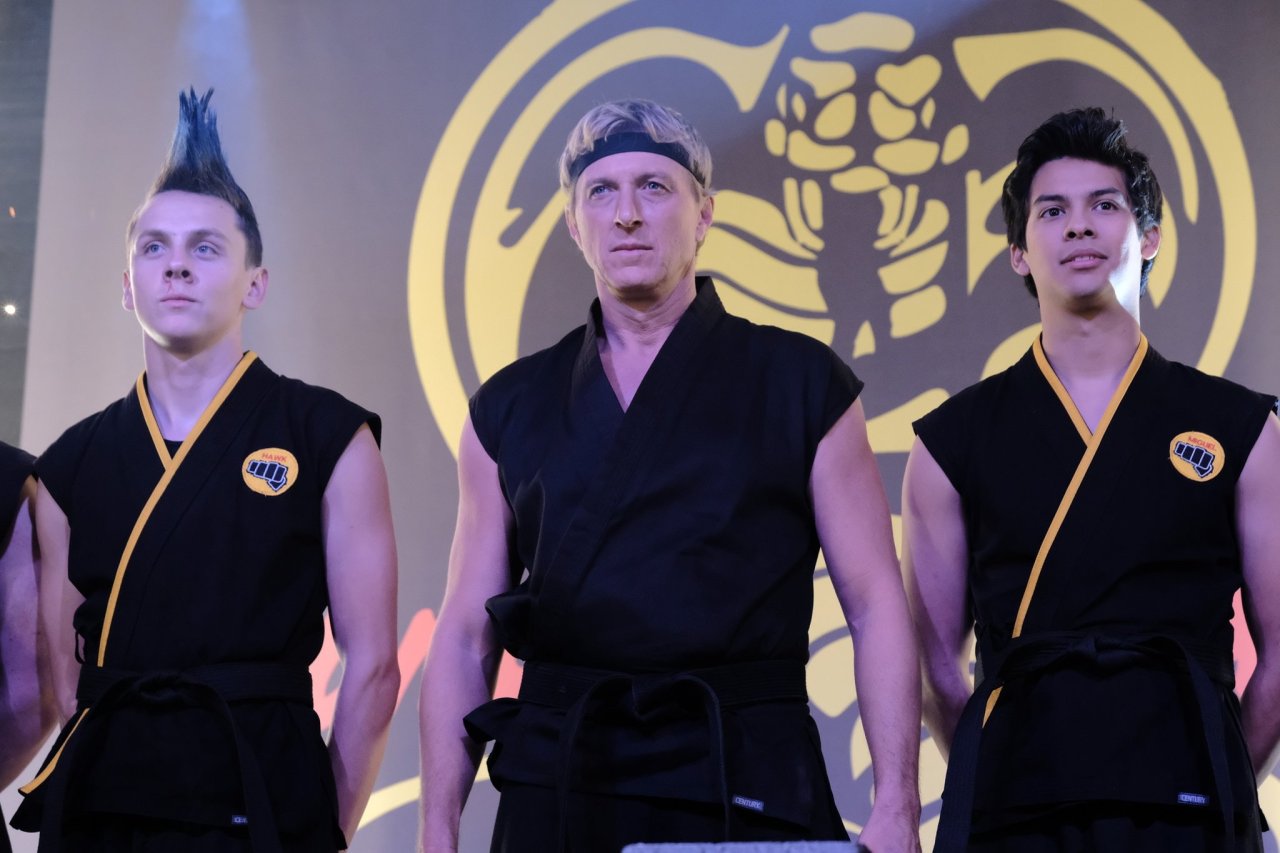
No Mercy! What ‘Cobra Kai’ Taught Me About Dealing With Fools
Cobra Kai brings the karate wars, but what does it really teach us about dealing with people in life?
Cobra Kai brings the karate wars, but what does it really teach us about dealing with people in life?
In the world of Cobra Kai, Amanda LaRusso (Courtney Henggeler) establishes herself as a mood and the only sane person in The Karate Kid continuation. She watches on as her husband, Daniel (Ralph Macchio), and children, Samantha (Mary Mouser) and Anthony (Griffin Santopietro), find themselves trapped in the tangled web of karate. Every other week, there’s drama because of dojo wars – either current or from over 40 years ago. For Amanda, though, she sees right through this, acknowledging it as nothing more than karate nonsense – and she’s right.
Whether it’s Miyagi-Do, Cobra Kai, or Eagle Fang, it doesn’t matter. The beef sizzles between the students and masters of the dojos. But is violence the solution to all of life’s woes? Probably not. So, let’s take a look at the subtle lessons Cobra Kai teaches us about life and handling all its suckers.
Is there a problem? It’s most likely a miscommunication
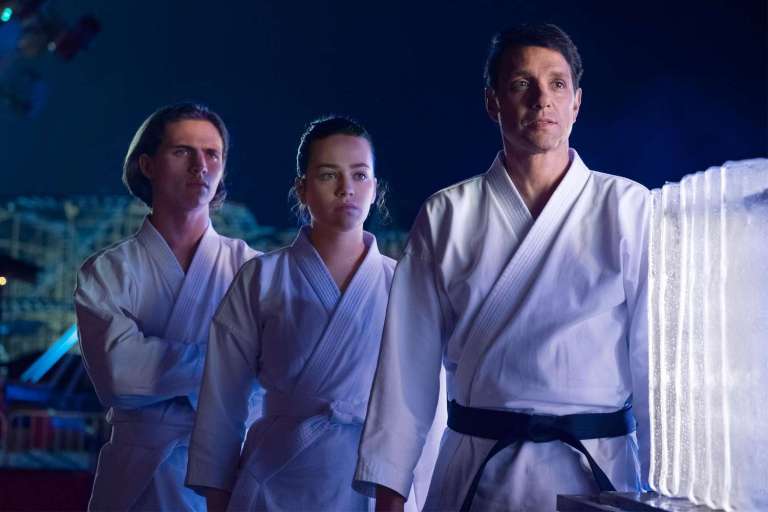
Daniel and Johnny Lawrence (William Zabka) are two of the toughest fighters in Cobra Kai, but they are horrendous communicators. When these two former rivals sit down and share saké, they discover they have a lot more in common than not. However, the problem is they’re too stubborn to talk things over when there’s a disagreement or miscommunication about something. Each one believes what they think is right, and that’s that as the leg sweeps come out.
It’s a common theme in Cobra Kai, though, as the likes of Samantha and Tory Nichols (Peyton List) and Robby Keene (Tanner Buchanan) and Miguel Diaz (Xolo Maridueña) have all been in states of conflict because no one communicates. The lesson here? Talk to someone before throwing a fist at their face.
Holding grudges is unhealthy – especially after four decades
Again, let’s go back to Daniel and Johnny. They were in high school together and fought at the All Valley Karate Tournament in 1984. It’s a new century, but they still can’t let go of a petty feud from 40 years ago. What’s going on here? How do they even remember all the details when most of us hardly remember the plot of the last season of The Umbrella Academy?
The greatest strength anyone can show an adversary is forgiveness. At some point, it’s okay to move on and forget about the past. Hey, look at Robby and Miguel. They started out as adversaries, had a terrible fight in which Miguel was put in hospital and had to relearn how to walk, and now they have forgiven each other and are pals. These teenagers show more maturity and class than Daniel and Johnny, and it’s something everyone can learn from here.
Do not enroll in karate cults
Every karate dojo has its own specific fighting style, mantra, and philosophy. For instance, Cobra Kai remains built around the principle of: “Strike first. Strike hard. No mercy.” It’s fair to assume that if someone joins a dojo, they will honor the code. Yet, common sense also goes a long way in life, especially if something is borderline criminal.
If a dojo’s principles revolve around a reign of terror and harming others for the laughs, maybe it’s not the right place for you. At the same time, who’s paying here? This is what cults do. People fill up the pockets of the leader at the top then they’re forced to submit to all the weird rules and be brainwashed into compliance. How about a big slice of nope! Karate is like a Netflix subscription: If all you’re getting is Emily in Paris or Real Rob and no Stranger Things, it’s okay to say adios and go somewhere else.
Face the bullies
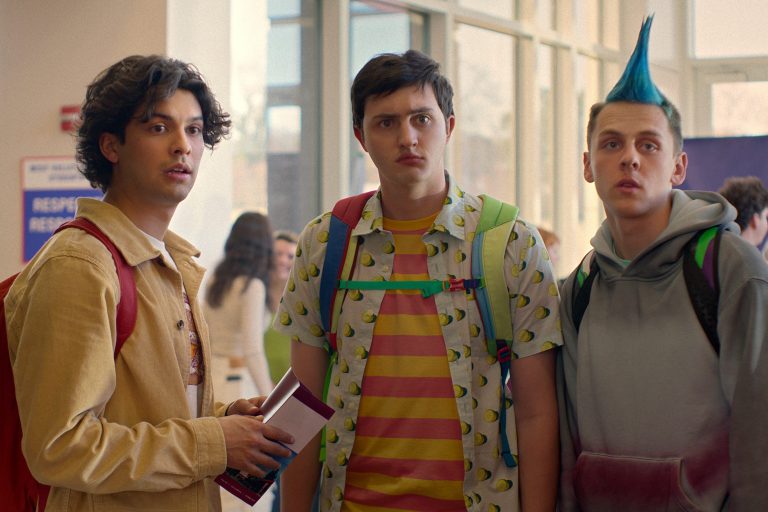
Arguably, the biggest lesson that The Karate Kid and Cobra Kai teaches is to face the bullies head on. This doesn’t necessarily mean it’s time to throw hands or rip out their spinal cord, but it’s important to draw the line in the sand over how people treat you and when to say, “No, that’s enough.” It’s about regaining the power when someone has tried to take it away.
Bullies come in all shapes and forms. They could be teachers, bosses, colleagues, friends or even family. Look at Johnny’s relationship with John Kreese (Martin Kove) as a prime example. Kreese served as Johnny’s sensei for many years, but he kept trying to force Johnny to live by his warped standards and moral ambiguity. When Johnny refused, Kreese attacked him. Years later, Kreese came back, attempting to lure Johnny in once again. When Johnny recognized he was being used, he didn’t allow it. He cut ties to Kreese once and for all, realizing he’s a toxic bully.
Violence begets violence
Karate is meant to be a form of self-defense. In Cobra Kai, however, it’s been used by many aggressors. People use their fists and feet to send messages to others they don’t like for the silliest of reasons. While defending oneself is essential for survival – and stopping bullies (see: previous point) – there’s a line. If it’s an endless cycle of striking each other as payback, it never ends and the animosity becomes stronger.
Take the Cobra Kai Season 5 finale for instance. Johnny, Mike Barnes (Sean Kanan), and Chozen Toguchi (Yuji Okumoto) head off to face Terry Silver (Thomas Ian Griffith) and his goons in retaliation for everything Terry has done. Ultimately, this event nearly results in several murders. For Chozen, he’s scarred for life after Terry grabs a sword to slice and dice him. Now, look, everyone can have their differences, but when someone pulls out a sword, it’s time to admit that things have gone too far. Violence only leads to more violence in the end, so stop carrying around all that anger and let things go. It’s what Mr. Miyagi would have wanted.


